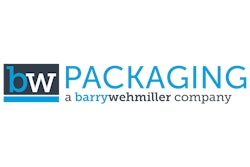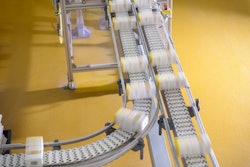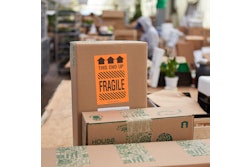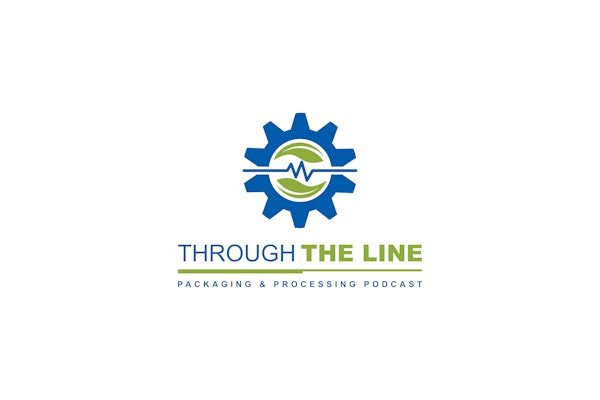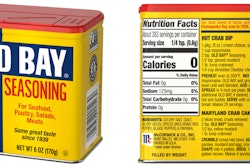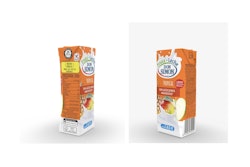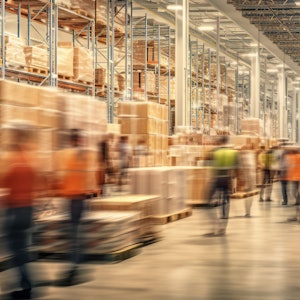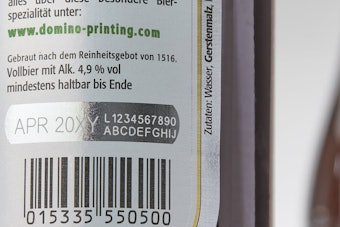With the exception of perhaps the workforce, no current topic dominates packaging and processing operations to the extent of sustainability. After years of materials dominating the conversation, OEMs like BW Packaging began recognizing the importance of a dedicated sustainability strategy for machinery builders. Enter Michelle Bryson, Global Sustainable Packaging Leader for BW Packaging who was kind enough to sit down with OEM Magazine to discuss her position and a little about BW Packaging’s sustainability initiative.
How does a packaging engineer for high-level CPGs become the Global Sustainable Packaging Leader for an OEM?
My career journey has been driven by my desire to fully immerse myself in sustainability. After 31 years in the brand owner space at companies like PepsiCo and Wells Enterprises, I realized that I wanted to control my own destiny and focus full-time on sustainability. I didn’t feel I was able to focus on sustainability like I wanted to [when I was] working as a Packaging Leader in the CPG space; for one company, that space was crowded; for another, it was deprioritized. BW Packaging’s Global Sustainable Packaging Leader role represents a perfect intersection of my career goals and the company's commitment to a dedicated focus on sustainability.
Machinery is usually the last thing people think of when the issue of sustainability in packaging comes up. What was BW trying to accomplish by establishing your position, and how do you think your unique background helps in your role?
Carol O’Neill, BW Packaging’s President, recognized the need for a dedicated focus on sustainability. She understood that while BW Packaging had experts designing equipment, there was a gap in addressing the sustainable material solutions customers were increasingly demanding and needed dedicated focus to customer requests for reporting. The establishment of my position was aimed at providing focused support to align with and advance our customers' sustainability goals. Carol and the other Packaging leaders saw the importance of having someone dedicated to thinking about materials, understanding customer needs from a sustainability perspective, and supporting those goals full-time.
Today, I lean on my experiences as a packaging engineer for CPGs and use my position as a platform to convey the often-overlooked importance of machinery in sustainable packaging. Having been in the shoes of many of our customers, I appreciate the need for de-risking and thorough testing of sustainable materials during the packaging development process with as much leeway as possible. Once the product, package, and equipment come together for that critical start-up for sales, that is often too late. I actively engage in conversations with material suppliers and product line leaders to ensure that our machinery complements these new materials effectively.
I believe that by encouraging our customers to involve their OEMs early in the development process, we can establish a more productive, collaborative approach. This synergy is vital. The success of sustainable packaging relies on the harmonious integration of product, material, and equipment. My goal is to help our customers see this interconnection and navigate it with our support, ensuring that the machinery does not become a limiting factor in their sustainable packaging journey. Our applications engineers understand how to make adjustments to the machines and know when change parts may be needed; we are collaborating with material suppliers that may offer insights into what they’ve seen, what customers are seeing, and suggestions they are considering. I can’t stress enough that the collaboration will bring great insights.
What have B-W and you accomplished in the sustainability space under your stewardship so far?
Since our journey together began in late 2021, my BW Packaging team members and I have made significant strides in sustainability. We conducted a thorough internal and external stakeholder analysis, focusing our efforts on customer sustainability goals and reporting through frameworks like CDP and EcoVadis. We've initiated extensive training for our team members to infuse sustainability throughout our operations, from innovation to sales.
Our efforts have also been acknowledged industry-wide, highlighted by our Synerlink team’s nomination for the Packaging Europe Sustainability Awards in 2022 for their SnapCut PET cutting technology and Synerlink’s subsequent victory in the Pre-Commercialize Recyclable Packaging category in 2023 for their contributions to a collaboration focusing on sustainable materials for dairy cups. Of course, our pursuit of sustainability is not driven by a desire for awards and recognition, but these accolades reflect our team's hard work and dedication to advancing sustainable manufacturing and offering more responsible solutions to our customers.
What do you personally want to accomplish as Global Sustainable Packaging Leader?
Personally, I have found the process of developing BW Packaging’s sustainability strategy from the ground up to be very fulfilling. A key focus for me has been establishing and achieving greenhouse gas reduction goals, crucial for both our customers and the planet, which we now have alignment to within the packaging platform per our commitment to the CDP. I see my role as an opportunity to make a significant impact on sustainability, far beyond what I could have achieved in my previous positions.
I also take enjoyment from the opportunity to collaborate with the diverse team at BW Packaging to develop a comprehensive sustainability strategy that invites everyone to get involved. The collaboration and buy-in I’ve had from our team is what enables us to ensure our equipment can reliably run sustainable materials. It requires a deep understanding of these materials and the willingness of our team members to take an active role in validating those materials through rigorous testing on our machines.
What are some of the biggest challenges you have faced, making sustainability front of mind at a machinery builder?
One of the main challenges has been helping various departments understand the connection between their work and sustainability, especially how climate change impacts us. To overcome this, I’ve focused on helping various departments, like sales and operations, understand and personally connect with sustainability. It's about making sustainability relatable and engaging for them. The key is to bridge the gap between the world of sustainability, our customers' goals, and our daily operations. It's crucial to demonstrate that what matters to our customers also matters deeply to us at BW Packaging. I’m proud to say that we truly are living the words that we’ve included in BW Packaging’s sustainability commitment.
What are some of the low-hanging fruit other OEMs can check off the list in the drive towards becoming more sustainable?
The idea of 'low-hanging fruit' in sustainability might be misleading as it suggests easy wins without a fundamental shift in approach. Sustainable practices require both top-down leadership and bottom-up engagement. For immediate action, OEMs can focus on testing sustainable materials, but in the long term, a comprehensive organizational commitment to sustainability, encompassing leadership, innovation, and compliance with legislation, is essential. Everyone can be a sustainability leader in their own sphere of influence. I’m very passionate about this! I encourage anyone struggling with the mindset shift that’s required to read my post about sustainable packaging and OEM engagement.
Finally, on a larger scale, when do you think the U.S. will catch up to Europe regarding EPR or taxes on Carbon footprint? Is that something you see happening in the near future? Why or why not?
The U.S. is gradually moving towards European standards in sustainability, especially in Extended Producer Responsibility (EPR) and carbon footprint taxes. This shift is evidenced by the increasing number of states introducing EPR legislation. While it can be challenging due to varying state laws, it's encouraging to see a broader acceptance of the responsibility brands must take for their materials. The pace of change in the U.S. is not as quick as in Europe, but the trend is definitely moving towards more stringent sustainability legislation. To keep atop of that effort, look up the SPC (Sustainable Packaging Coalition) website page tracking EPR status in the US. Extended Producer Responsibility - SPC's Guide (sustainablepackaging.org)




